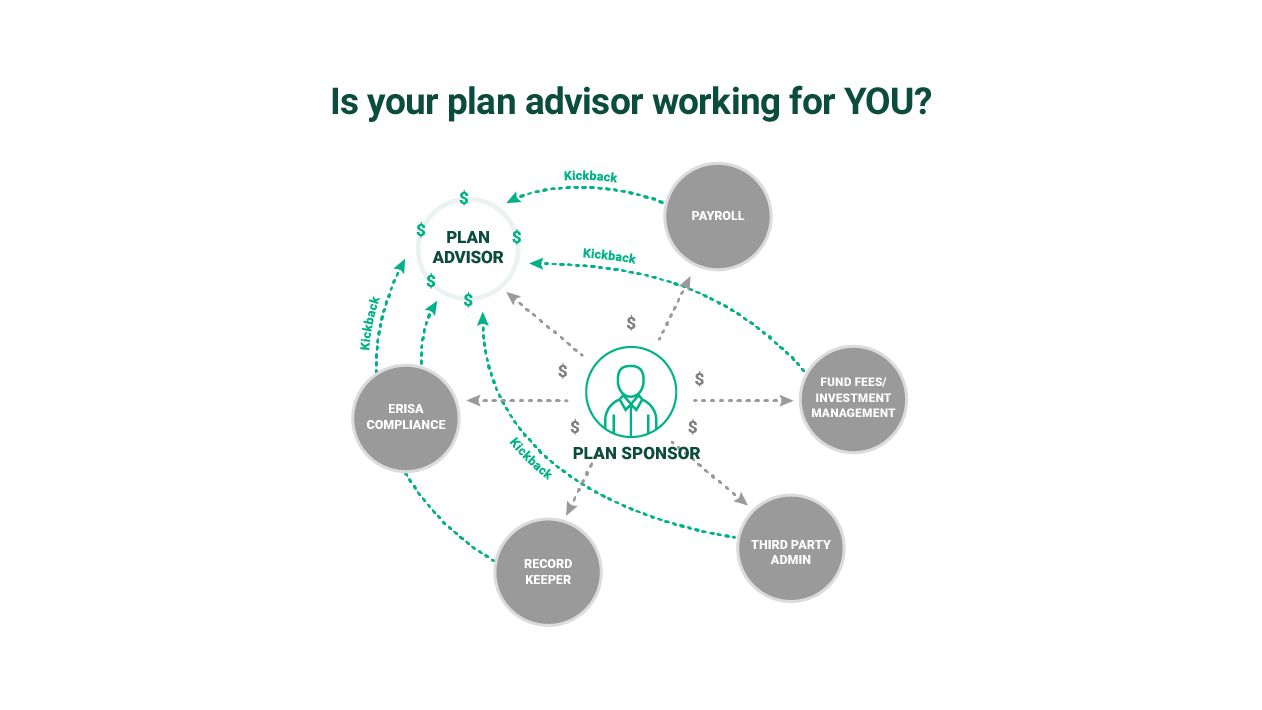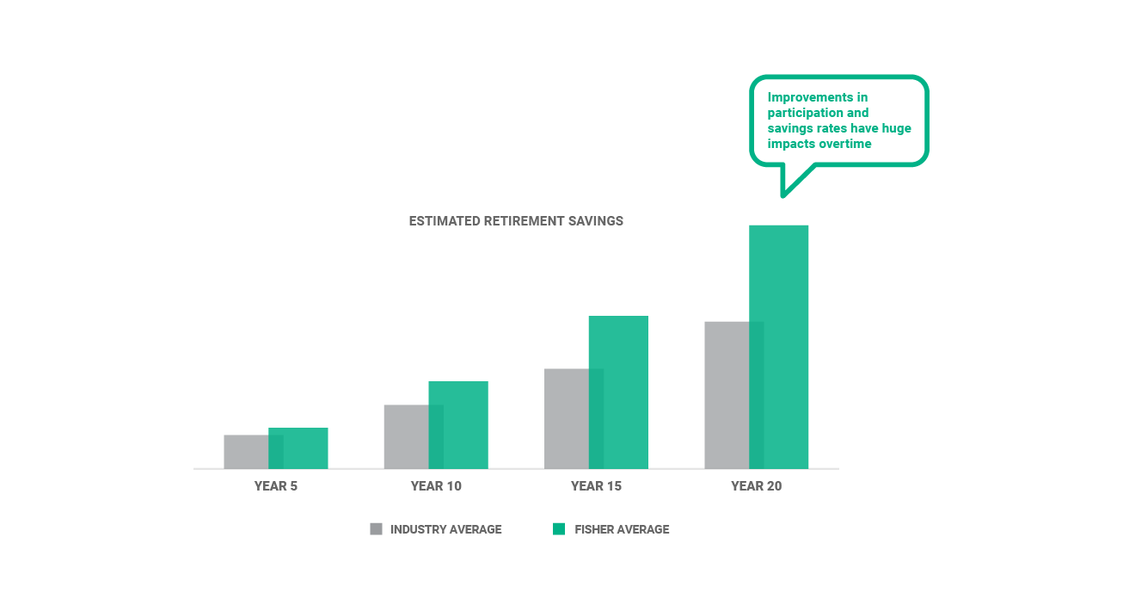Business 401(k) Services / Plan Administration
Common 401(k) Plan Administrative Mistakes
Download PDF
This quick reference offers some of the most common mistakes than can happen when administering a 401(k) plan and what can be done to fix them. Plus, you’ll learn the top 5 ways to avoid administrative issues all-together.
How to Address and Avoid Errors
As a fiduciary, you are required to handle your 401(k) plan administrative responsibilities with diligence, consideration, and prudence. Failure to do so may result in personal liability, tax penalties, or even plan disqualification, meaning the plan could lose its 401(k) tax deferred status.
Errors are typically caused by administrative or operational oversight. Some examples may include: making late or excessive plan contributions, failing certain testing, failure to follow the plan document, and failing to file the Form 5500 on time.
Go to www.irs.gov/pub/irs-tege/401k_mistakes.pdf for more information on common mistakes.
How Do I Correct a Problem?
The Department of Labor (DOL) and Internal Revenue Service (IRS) provide many ways to correct errors depending on the type of problem. Some corrective measures include:
- Self-Correction Program (SCP)
- Voluntary Correction Program (VCP)
- Delinquent Filer Voluntary Compliance Program (DFVCP)
- Audit Closing Agreement Program (Audit CAP)
- Voluntary Fiduciary Correction Program (VFCP)
Common Errors and Remedies
Knowing and taking your responsibilities seriously is important; the consequences for negligence can be both expensive and bothersome. Thankfully, the DOL and IRS offer explanations of what these mistakes are, how to avoid them, and how to fix them. Following are three examples and how to remedy them.

See our Business 401(k) Insights
Resources and articles to help your business with retirement plan support, optimization and administration.





